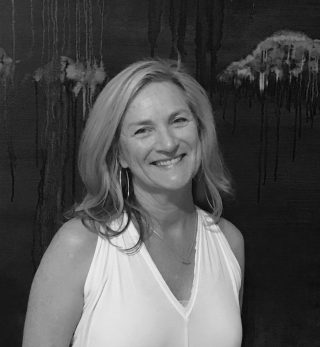I was up until midnight working on the whale skin. It is made from an old fender (a bumper that prevents damage to vessels and berthing structures). It looks like a perfect material for whale skin, but I am having a really difficult time getting it to stick. I will need to remove the material that has already been glued on and rough it up so it will adhere better. I need help!
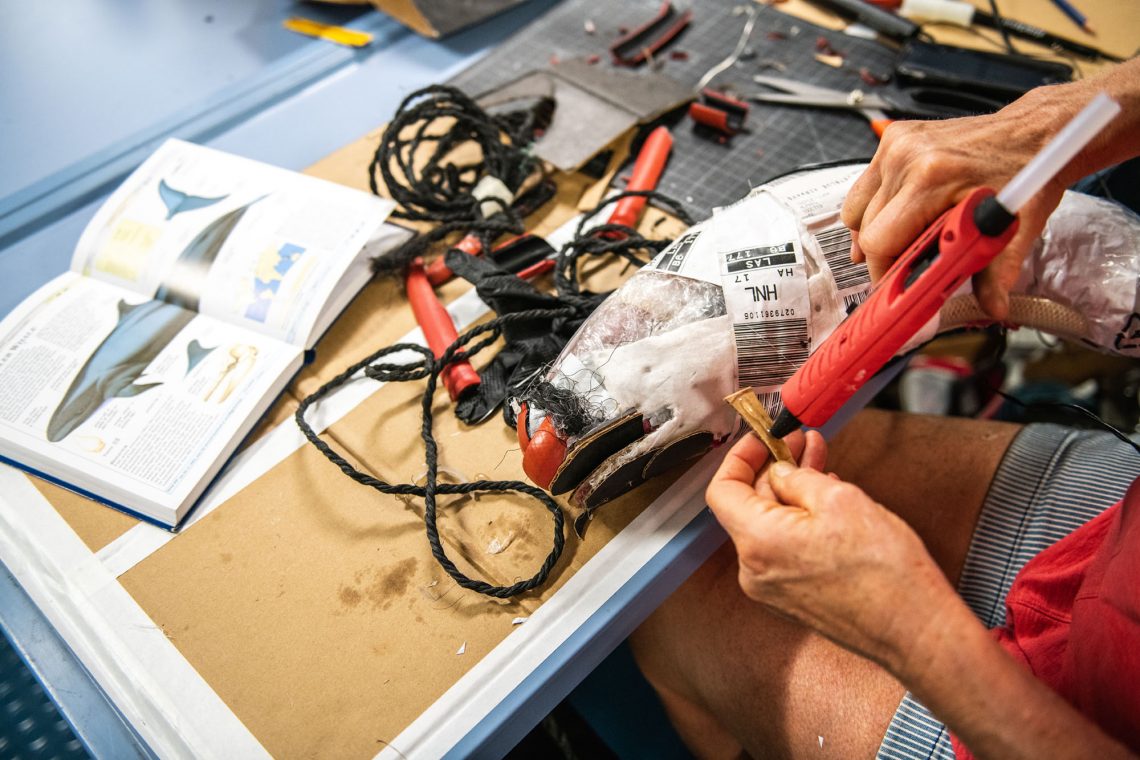
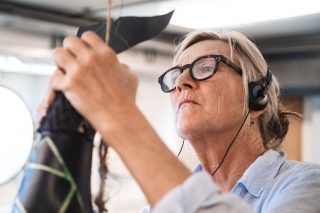
Once again I reach out to the Bosun on board the ship to help me troubleshoot the fender material. Lars and I look over the material, he then experiments with a few different ideas and the next thing I know it magically appears at my studio roughed up and ready to go. What a relief. I am getting closer. I cut out the fins, tail, create eyes and a spout.
Before I finish the whale she needs two more things: a name and some teeth. I rifle through my tools and come up with tweezers and grab one of the zip ties from my pile of materials for upcycling. I begin to cut tiny triangles into the zip ties.
With a full set of teeth, she looks like a false killer whale. Did I just say she? That’s right, her name is Namaka: according to Hawaiian mythology Namaka is the goddess of water and the sea. 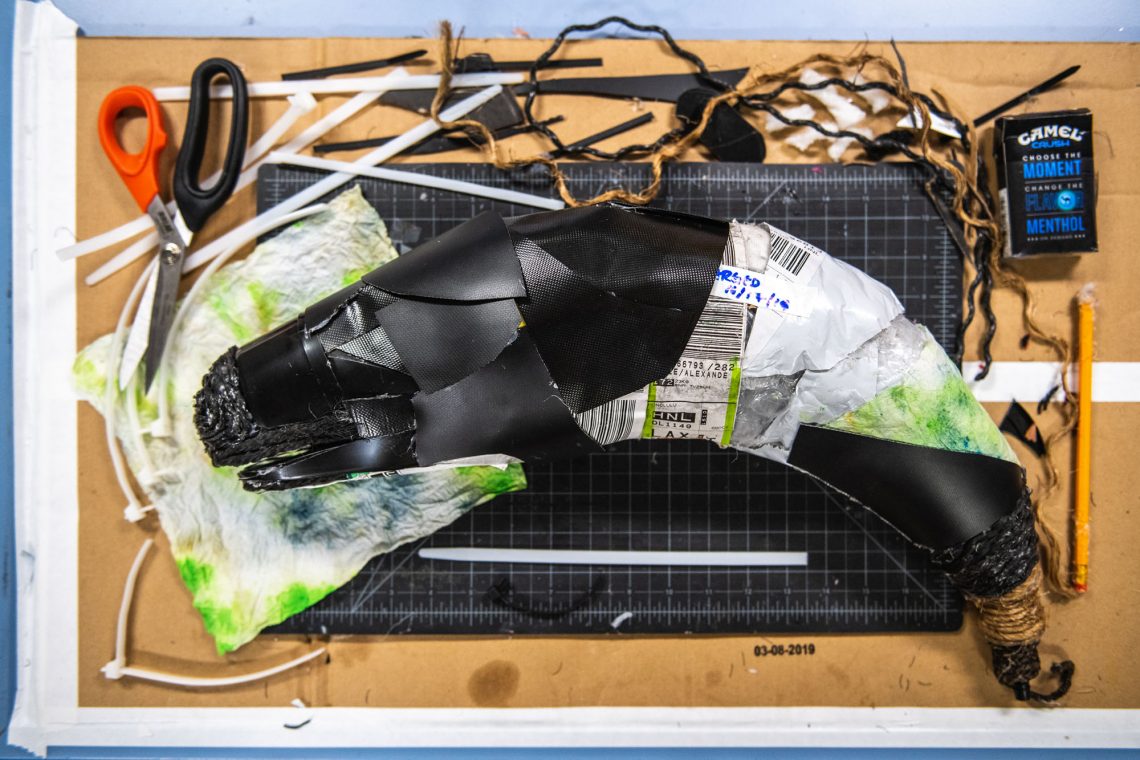
A Floating Community
The R/V Falkor is like a small village filled with incredibly talented and supportive people (and really good food). I take full advantage of the excellent machine shop and head down to the engine room to discuss with the chief engineer a base design to support the sculpture. By the time I finish lunch Miroslav has a beautiful base finished. Namaka the false killer whale is complete. It really did take a village!
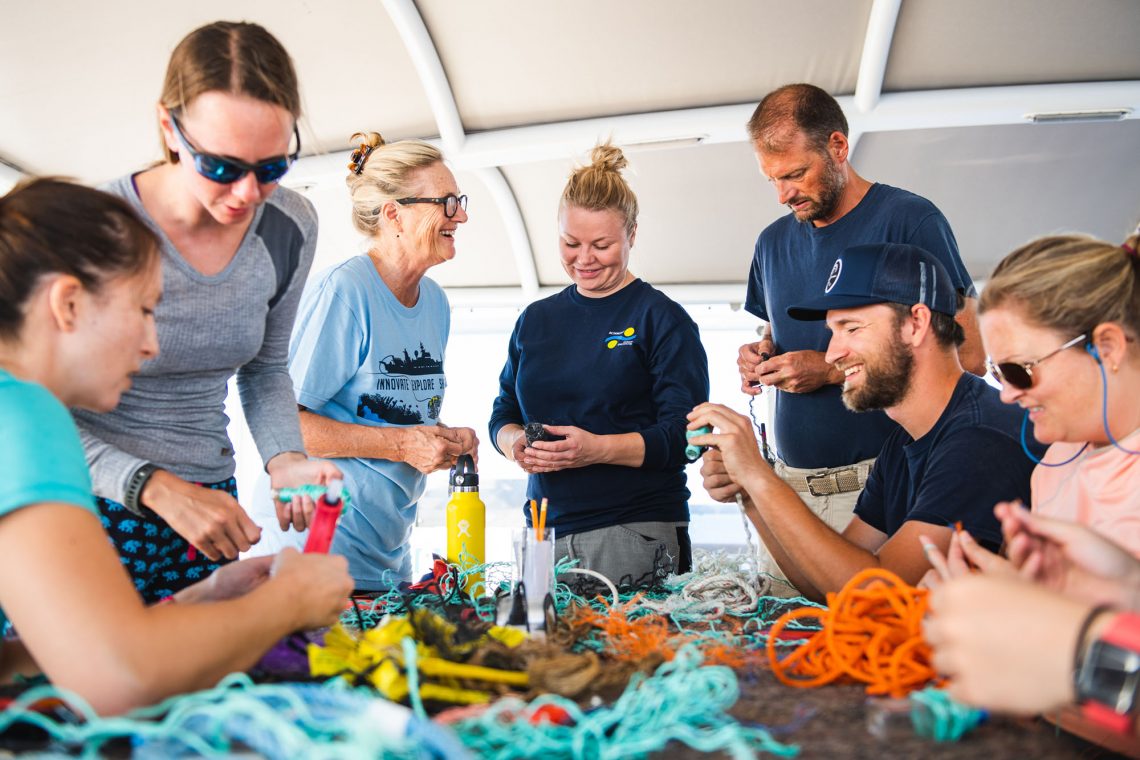
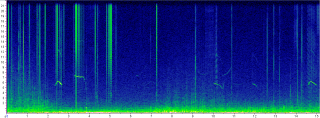
I would like to mention the entire time I am working on Namaka, I am sitting next to Jennifer Keating-McCullough, she is a JIMAR Sr. Passive Acoustic Associate in the Cetacean Research Program at the Pacific Islands Fisheries Science Center… she is listening for cryptic whales. Now that data has been collected and is being processed Jen asks me if I want to see what she is seeing. We are looking at the Bearing Time Display on a computer which shows the individual echolocation clicks in relationship to the instruments placed around the ship. The computer evaluates the audio files we are collecting from 150 meters below the ship, allowing us to visualize them through color-coded shapes based on the frequency. We cannot hear beaked whales, however we can “see” the sounds they make at a frequency of around 30 kHz with help from computers. While I am looking at the computer screen, I glance over at recently painted watercolors that I have made; bands of color representing the land, sea, and sky of Hawaii. It occurs to me that the watercolor bands are a way to show different species’ frequency – a opportunity to integrate the science of looking for cryptic whales into the artwork and to tell the story. Over the next few weeks Jennifer and I plan on creating a series of soundscapes together based on our work on board the R/V Falkor.
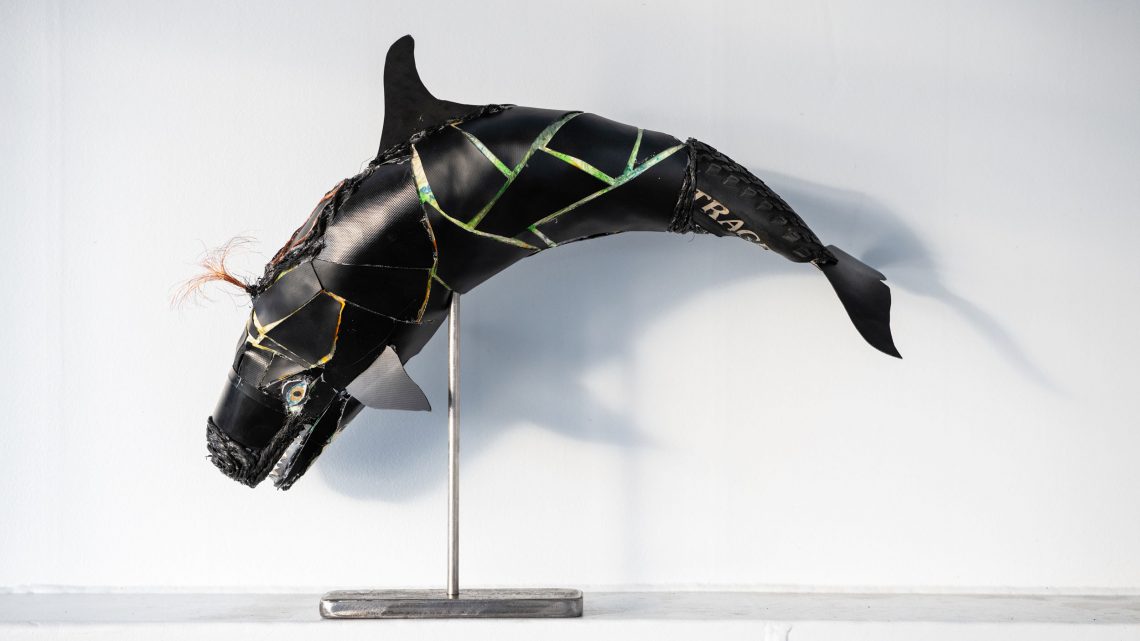 Upcycled from R/V Falkor‘s waste
Upcycled from R/V Falkor‘s waste
Namaka 100% unnatural ingredients:
Rubber tire , zip ties ( teeth), bubble wrap, candy wrappers, plastic orange juice bottles ,rope, bottle caps, insulation, mailing envelope ,hoses, barbs, Tape, plastic bags and films, luggage tags, noodle bowl, yogurt cup, fender ( skin), gloves , cardboard and paper towels with watercolor from cleaning my pallet in addition to miscellaneous bits and pieces.
